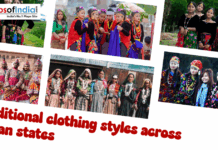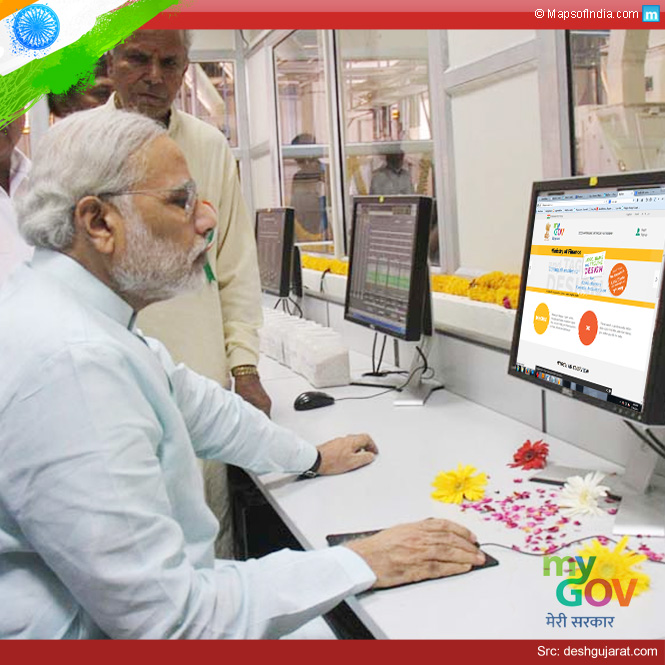 Child labour in the mining sector is an issue that needs to be tackled effectively. There are laws in place, yet they are flouted in states such as Meghalaya and Jharkhand. The coal belt extends from Jharkhand and Odisha in eastern India to Meghalaya and other north-eastern states. Mining of metallic and non-metallic minerals adds up to a sizeable contribution to India’s GDP. In many states, the laws are not obeyed and child labour is employed for higher profits. Child labour is cheap compared to hiring of adults for the same job, but neither is it legal nor are children being paid fairly. According to Indian laws that are in place, children below the age of 18 years are not allowed to be employed in any mine, which comes under the list of hazardous occupations, while children below the age of 14 are not allowed to be employed in any industry. The laws that can be used to prosecute offenders are the Mines Act of 1952 and the Child Labour (Prohibition and Regulation) Act of 1986. But are these laws strong enough to curb the issue of child labour?
Child labour in the mining sector is an issue that needs to be tackled effectively. There are laws in place, yet they are flouted in states such as Meghalaya and Jharkhand. The coal belt extends from Jharkhand and Odisha in eastern India to Meghalaya and other north-eastern states. Mining of metallic and non-metallic minerals adds up to a sizeable contribution to India’s GDP. In many states, the laws are not obeyed and child labour is employed for higher profits. Child labour is cheap compared to hiring of adults for the same job, but neither is it legal nor are children being paid fairly. According to Indian laws that are in place, children below the age of 18 years are not allowed to be employed in any mine, which comes under the list of hazardous occupations, while children below the age of 14 are not allowed to be employed in any industry. The laws that can be used to prosecute offenders are the Mines Act of 1952 and the Child Labour (Prohibition and Regulation) Act of 1986. But are these laws strong enough to curb the issue of child labour?
Bachpan Bachao Andolan
In Jharkhand, Madhya Pradesh and Meghalaya, several children have been rescued from exploitation by organizations that work towards securing child rights. The victims, in fact, are scarred for life, making it difficult for them to cope up in a world outside of the dark corridors of child labour. The picture is quite bleak in many more states. Bachpan Bachao Andolan (Save Childhood Movement) is one such organization that works for rescuing and rehabilitating the victims of child labour. These children are taken to the Mukti Asram on the outskirts of Delhi, provided food, clothing and shelter and are facilitated to overcome the shock of slavery so that they can live in a better world – a world that ensures freedom from the bondages. Through a procedure, children are reunited with their families and provided economic rehabilitation packages to merge themselves with the mainstream society. Some children are rehabilitated at the Bal Ashram in Rajasthan as a long-term solution and provided education as well, apart from the basic needs like food and shelter. The man behind Bachpan Bachao Andolan is Kailash Satyarthi, who made India proud by bagging the Nobel Peace prize. Satyarthi continues to be a torchbearer of hope for thousands of deprived children of India. Satyarthi is also applauded for his efforts with the International Labour Organization to adopt Convention No. 182 dealing with child labour. These guidelines are now to be followed by governments the world over. The Andolan advocates policy change at the decision-making level, apart from its field work. The National Commission for Protection of Child Rights is another quasi-legal body that aims to safeguard children against abject slavery. The Commission’s mandate is to ensure that all laws, policies, programmes and administrative mechanisms are in consonance with the child rights perspective as enshrined in the Constitution of India and also the UN Convention on the Rights of the Child.
Wages of child labour
A child working in a mine is paid anywhere between Rs. 10 and 20 per day which constitutes an 8-hour shift on an average. The number of working days is roughly 200 to 300 per year. This translates into crores of profit made on employing child labour as opposed to paying an adult worker for the same job, which might cost over Rs. 100 per day. The employers come under the scanner of the Income Tax department and to avoid paying appropriate sum of taxes, the profit made by employing child labour is hidden. All this is hushed up even as the Mines Act of 1952 prohibits employment of children under the age of 18 in the mines. In fact, employers can be charged up to Rs. 50,000 as fine. Yet, it does not affect them. The UNICEF is another organization that aims to assist children in developing countries. How much of an impact can initiatives like these make? Thousands of children are left out. The Right to Education Act is meant to empower children through education. The children, who work as labourers, do not have the environment to understand what their lives can be. Rescued children hence need that push at a rehabilitation centre like Mukti Ashram to overcome their fears and know their rights. Other NGOs are doing things in a different way from each other. But a drop in the ocean can at least mean saving a child from believing that being a bonded slave is his fate. While the NGOs are extending their support, it is also for all others to think of ways and to chip in to ensure that nobody’s childhood is lost and the life ahead is not scarred.
Read Also:
Child safety in India
Amendments in the Child Labour Law
Is Your Child Obese?
Sukanya Samriddhi Account: New Scheme for a Girl Child in India
Child Labour in Diamond Industry
Child Labour in Sivakasi Fireworks Industry
Child Trafficking in India
Child labour in India
Beti Bachao Beti Padhao Scheme
Stop Female Foeticide – Save the Girl Child
How to improve the position of girl child in the rural areas of India
Child abuse in India
Child Marriage in India
Life of Street Children in India
Children Safety and Disaster management in schools





